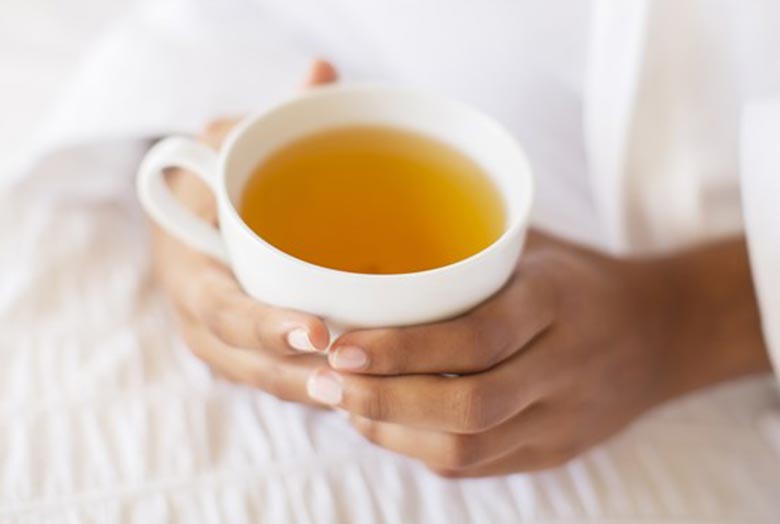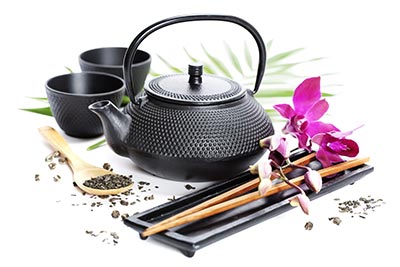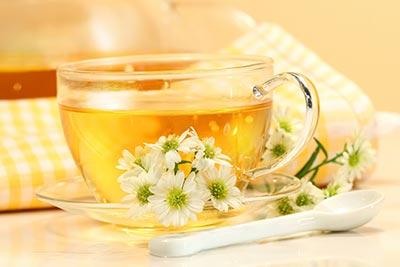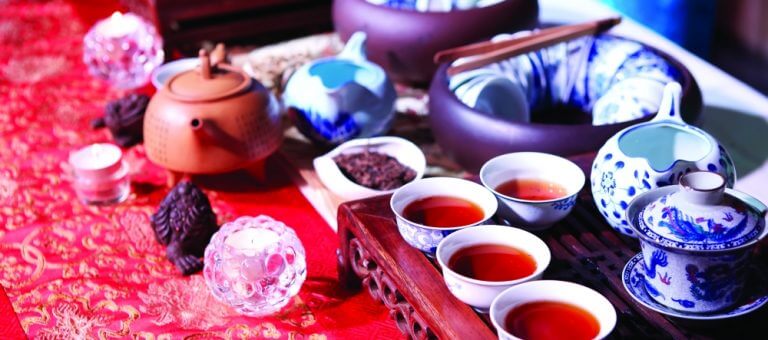
Ceylon Teas Benefits
Now you know the answer to your question, what is Ceylon tea? Plus, you know a bit about the origins of the teas and their tastes. However, there is still a lot to learn.
Let’s make things a little bit complicated for a moment. As I mentioned, polyphenols are the main active ingredient in Ceylon teas. Here’s where things get a little bit complex. The different types of polyphenols provide different health benefits. Some of these include gallic acid, theogallin, and cinnamic acid. In addition, some of the other active ingredients in the teas are also very important for your body. These include alkaloids, amino acids, and minerals.
Now that that’s out of the way, we can start to look at the benefits of the teas. Just remember, the ingredients listed above are the reasons for these benefits. Thus, even though they sound scary, we should really be thanking them.
1) Weight Loss
Ceylon teas can help you lose weight. They do this for a few reasons. First, green tea extract can help weight loss. More specifically, studies have shown that green Ceylon tea can reduce fat formation. In addition, the extract can increase fat breakdown. The second reason is more general. That is, Ceylon teas can boost your metabolism. When your metabolism increases, your body burns fat faster and more efficiently. So, even if you don’t change any habits, your body will naturally burn more fat. Lastly, black teas can influence weight loss. Although studies are fairly new, they show that some of the active ingredients in black Ceylon teas can help you lose weight.
2) Heart Health
Ceylon teas contain potassium. This is important to the health of our bodies and heart. Potassium relaxes your veins and arteries. This reduces your blood pressure and reduces the strain on your heart. In addition, some of the active ingredients can reduce bad cholesterol. Lastly, one of the ingredients in green Ceylon tea can help strengthen your arteries. Catechins, found in green teas, can reduce the hardening of arteries to prevent damage and clogging of arteries.
3) Chronic Diseases
The antioxidants in Ceylon teas can help prevent many chronic diseases. Some of the other active ingredients can also help with this task. Green and black Ceylon teas can prevent the spread or start of cancer. Many of the ingredients in the teas can prevent ovarian, liver, lung, or prostate cancer. The teas do this by being toxic to the cancer cells. Note that they are not strong enough to cure cancer, they can still make an impact.
4) Diabetes
Ceylon tea can help regulate diabetes and can help prevent diabetes. Green Ceylon tea can help reduce the risk of developing type-2 diabetes. In addition, the teas help regulate insulin and blood sugar levels. This reduces the risk of developing diabetes. Also, it helps those with diabetes avoid dangerous spikes and drops in blood sugar. One study showed that drinking green tea before exercising can have an even greater effect.
5) Skin Care
Ceylon tea can help your skin. First, green Ceylon teas can help protect you against UV radiation. This means that you delay your skin’s ageing. In addition, Ceylon teas can help with healing skin. Applying Ceylon tea extracts directly t your skin can help wounds heal and reduce scarring. Lastly, some of the antioxidants in Ceylon teas can help to keep collagen levels up. Collagen helps to keep skin stretchy and strong. Thus, these teas can help your skin look better and feel better.
6) Energy Boost
Tea grown in the Ceylon region has high caffeine content. Thus, Ceylon teas can increase energy levels. Not only does caffeine increase your energy, it makes you more alert and attentive. In addition, it can help you sleep better and reduce anxiety. Although caffeine has all these benefits, too much of it is not good. Two or three cups of Ceylon tea in a day is a reasonable amount of caffeine. Some of the other active ingredients can also help increase your energy levels.
CREAM EARL GREY
Lorem ipsum dolor sit amet, consectetuer adipiscing elit, sed diam nonummy nibh euismod tincidunt ut laoreet dolore magna aliquam erat volutpat.
SHOP NOW
7) Kidney Health
Ceylon teas can improve the health of your kidneys. Studies have shown that polyphenols in green Ceylon tea can help protect the kidneys. In addition, it can help the kidneys by getting rid of toxins. However, Ceylon teas can also prevent kidney stones. This is because of the caffeine and antioxidant content.
8) Bone Health
Ceylon teas can benefit your bone health. Drinking the teas can help prevent osteoporosis. This is a condition where the bones become very brittle and fragile. Additionally, studies have shown that drinking tea can help to improve bone strength and density. Lastly, some of the other active ingredients can have an effect on bone health as well. Some of the ingredients can help prevent inflammatory bone loss.








































